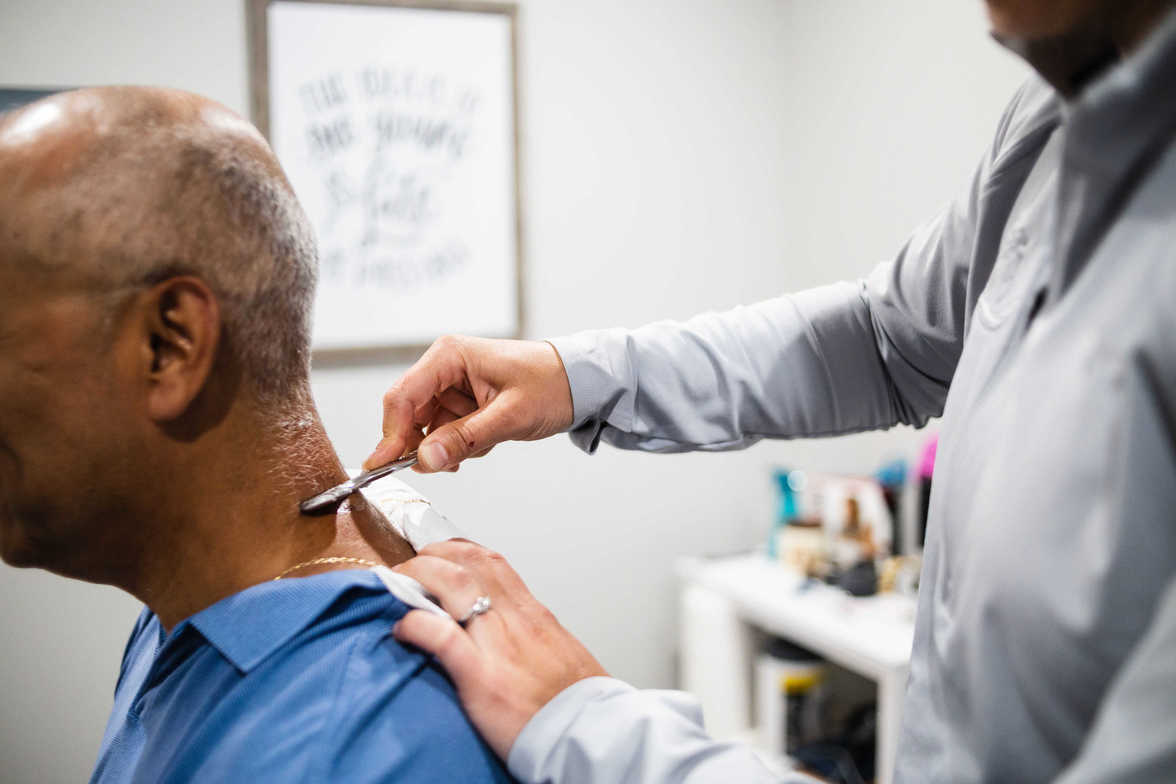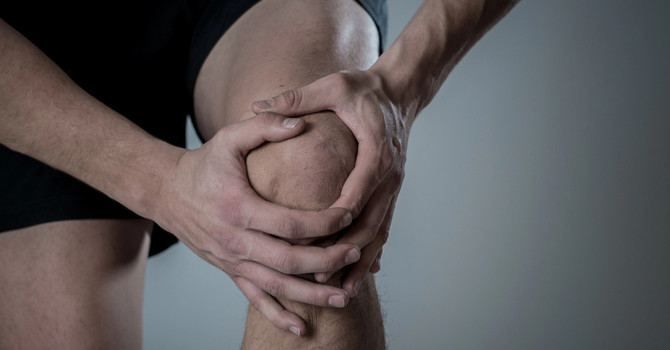
Back to School and we are into FULL SWING!
Tips for a Pain-Free Experience
As a teacher settling into this new school year, the thought of endless computer work (compared to summer break!) might be daunting. But fear not! We've got some quick and practical tips to help you ease into the year pain-free and full of energy.
1. Movement Timer
First things first, set a movement timer for yourself. Every 20 to 30 minutes, take a break from your tasks and get up. While sitting and focusing on your work may seem necessary, regular movement is essential for better blood flow and overall health. Prolonged sitting can lead to stiffness and scar tissue formation, so keep that body moving!
2. Lumbar Support
Don't forget to give your lower back some love. Use a lumbar support, whether it's a pillow or a rolled-up jacket, to maintain a neutral lower back position and reduce spinal pressure.
3. Standing Desk
Consider investing in a sit-stand desk for your workspace. You can find affordable options on Amazon that will enhance your ergonomic environment. This allows you to seamlessly transition between sitting and standing, keeping you active and mobile throughout the day.
4. Keyboard Position
Keep your keyboard within easy reach to avoid hunching your shoulders, straining your neck muscles, or extending your arms uncomfortably while typing. This simple adjustment maintains muscle flexibility and promotes proper blood flow – both crucial for your well-being.
As mentioned, we are in full swing but if you’ve been experiencing Back-to-School headaches…read on!
Our office offers a comprehensive approach to assessing and treating headaches, helping you get back to feeling your best. Let's explore how we can help you bid farewell to those pesky headaches.
Most Common Type of Headache: Cervicogenic
The back-to-school season is here and headaches become a common complaint, with cervicogenic headaches being one of the most prevalent types. These headaches usually originate at the back of the skull, in the suboccipital area, and extend to the front of the eye, affecting one side of the head.
Treatment for Cervicogenic Headaches
Our treatment approach begins with targeted muscle work using techniques like Graston, Active Release Therapy (ART), or cupping. These methods improve blood flow to the affected area, promoting healing and improved function.
After muscle work, we perform adjustments to enhance joint mobility, we particularly evaluate the most superior aspect of the neck. These are the joints that tie right into the suboccipitals muscles that we target. This is followed by class IV laser therapy, which aids speeding up the healing process in the neck…where these headaches truly come from.
Our office visits include specific exercises. With cervicogenic headache we use the "headache snag." To perform this exercise, use a rope or dog leash, cross your arms while holding it, and place the rope just over your ear, close to the suboccipital muscles at the base of the skull. Gently rotate your head to feel a comfortable stretch on one side, hold briefly, and release. Repeat this about 10 times on each side. These exercises can significantly alleviate cervicogenic headaches, and help you say goodbye to those bothersome headaches.
Our office provides a holistic and well rounded approach to assessing and treating headaches, with a particular focus on cervicogenic headaches. By addressing muscle tension, joint mobility, and utilizing targeted exercises, we aim to alleviate your headaches and get you back to feeling your best. Don't let headaches interfere with your life—visit our office and start your journey toward relief today.
While treating headaches and neck pain is what we do daily, we would rather be helping you prevent neck pain and headaches.
Preventing Neck Pain and Headaches
Concerns about neck pain and headaches can be a real hassle. Fortunately, we've condensed some essential tips into a concise guide to help you prevent these discomforts effectively.
1. Regular Movement Breaks
Incorporate 10-second movement breaks every 20 minutes during work or study sessions. Simple actions like pulling your ears back over your shoulders or sitting up taller can alleviate tension and promote blood flow.
2. Stay Hydrated
Don't underestimate the power of hydration in headache prevention. Aim to drink half your body weight in ounces of water daily to keep your body functioning optimally. Additionally a healthy electrolyte additive can increase hydration.
3. Towel Roll Retraction
At home, use a rolled-up towel placed under the neck to stretch tight neck muscles. Spend about five minutes with your head resting on it to ease tension.
4. Retraction Exercise
During short work breaks, perform a retraction exercise. Keep your chin parallel to the floor and slide it straight back to relieve tension in your neck.
5. Prone Retraction Exercise
For a proactive approach at home, try the prone retraction exercise. Sit on the edge of your bed, let your arms hang down, and bring your eyes and nose to the floor, retracting your head and simultaneously pulling your shoulder blades back and squeezing. This strengthens the upper back and neck muscles.
6. Towel Roll Traction
Wind down at the end of the day by placing a towel roll at the base of your neck and relaxing your head over it for 5 to 10 minutes. This provides a soothing stretch to release tension.
Whether you're a teacher preparing for the school year or just someone looking to alleviate headaches and neck pain, these tips can make a significant difference in your comfort and well-being. Incorporating these practices into your daily routine can help you tackle the challenges of work and school with renewed energy and a pain-free outlook on life.
if you're still struggling with work-related discomfort, don't hesitate to reach out to us at 989-686-6808. Your well-being is our priority, so give us a call today.





